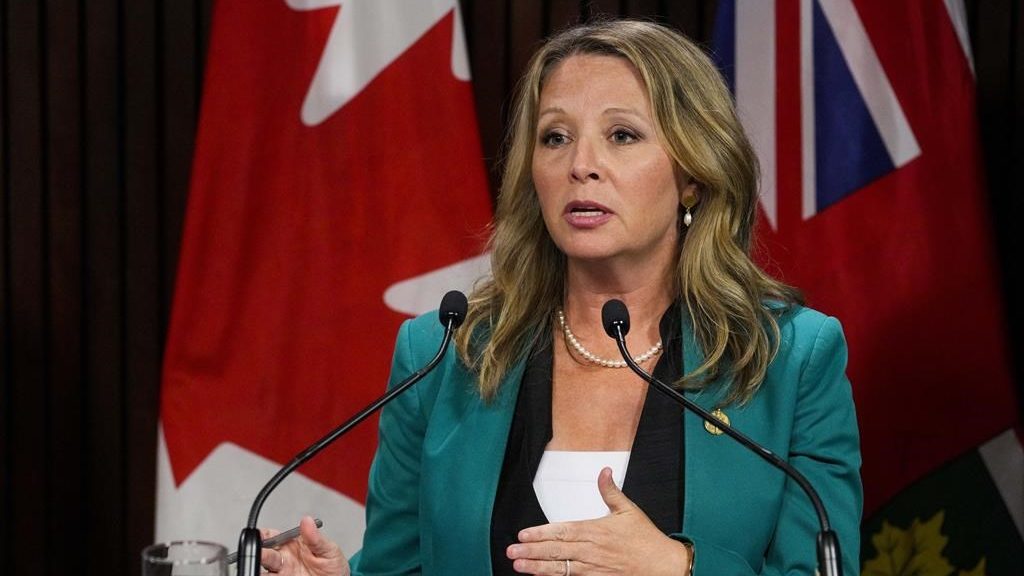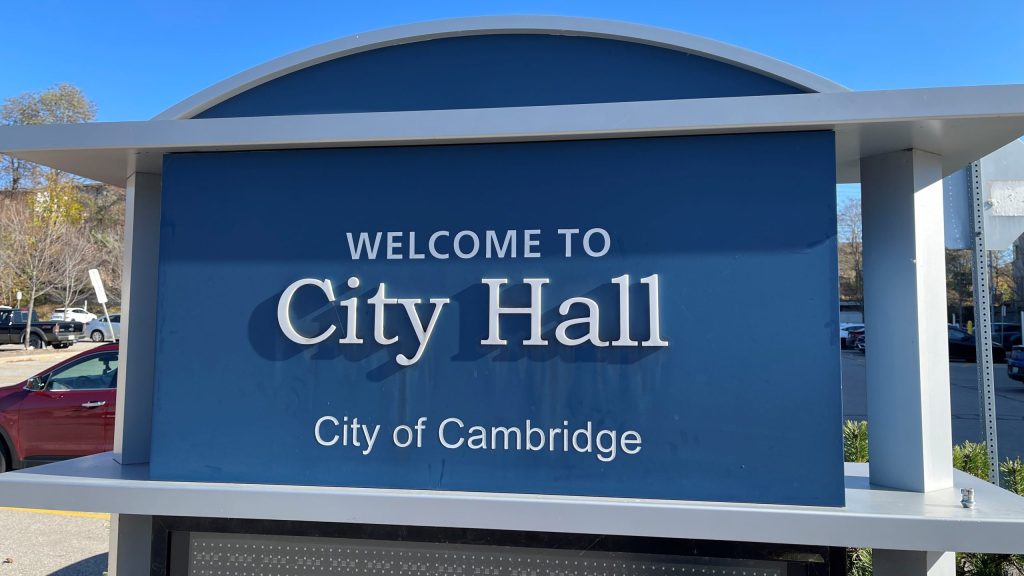Documentary filmmaker Alanis Obomsawin on 25 years since her work on Oka Crisis
Posted Jul 7, 2015 04:00:04 AM.
Last Updated Jul 7, 2015 04:40:10 AM.
This article is more than 5 years old.
MONTREAL – It’s pitch-black out, save for the Canadian Forces’ searchlights intermittently illuminating the bodies and faces of Mohawk Warriors and members of the Royal 22e Regiment, who are metres away from one another in a tense standoff in a pine forest about 60 kilometres west of Montreal.
Documentary filmmaker Alanis Obomsawin and her small team from the National Film Board of Canada are in the pines capturing the confrontation — one of many during the 78 tense days and nights that was known as the Oka Crisis in the summer of 1990.
The film cuts to a young member of the Canadian Forces, his face half-illuminated, yelling at Mohawks who have allegedly thrown rocks and wood at soldiers and tried to destroy the barbed-wire perimeter set up by the Forces to surround the Warriors.
“Listen, calm your guys,” the soldier says before swearing and trying to sound intimidating. “I have a military job to do here and I’m going to do it.”
Her 1993 award-winning film is called “Kanehsatake: 270 Years of Resistance” and is considered one of the seminal pieces of art to emerge from the conflict.
Twenty-five years after her team shot the documentary, Obomsawin describes how Warriors behind the barricades thought there was going to be a massacre.
“You could feel the danger all the time, especially at night,” Obomsawin, 82, said in a recent interview at her NFB office in Montreal ahead of the 25th anniversary of the standoff, which erupted July 11, 1990.
There was no massacre, but the crisis awakened First Nation communities across the country, she said, and forced Canadians to take native land claims more seriously.
The crisis began when Mohawks refused to obey a court injunction to remove their blockade of a dirt road leading to a golf course in Oka. Natives were furious the municipal council approved the expansion of a golf course onto territory they had never surrendered.
The Canadian Forces were called in after a shootout with provincial police officers left Cpl. Marcel Lemay dead.
Behind the cameras, two important leaders from neighbouring Mohawk communities visited the barricades and calmed down the Warriors, Obomsawin said.
Without those two men, events would likely have spun out of control, she added.
“The two traditional chiefs started having ceremonies,” she said. “They made the difference. (They) are the reason it didn’t come to a massacre as everyone thought it would.”
Obomsawin’s film won more than 10 awards around the world and helped propel her into Canadian artistic lore.
She said the perception of her film among Quebecers has softened over the years.
When it first came out in 1993, it received many negative reviews in the province but did well outside Quebec, she said.
“When we (re-released) the film some of the same reporters (in Quebec) who had written articles against me and the film were talking very differently,” she said.
“I think it’s because they have learned a lot (about native people and land claims) since then.”










